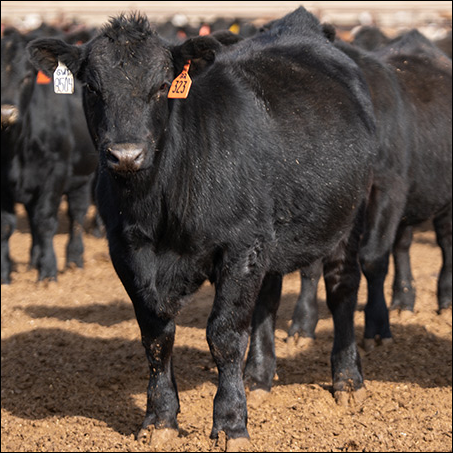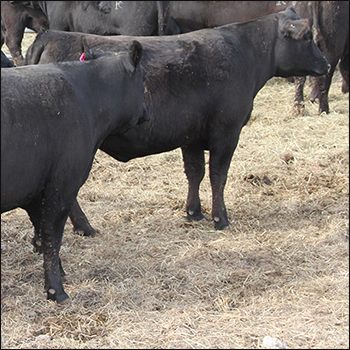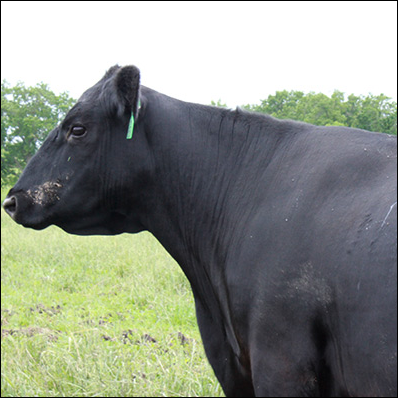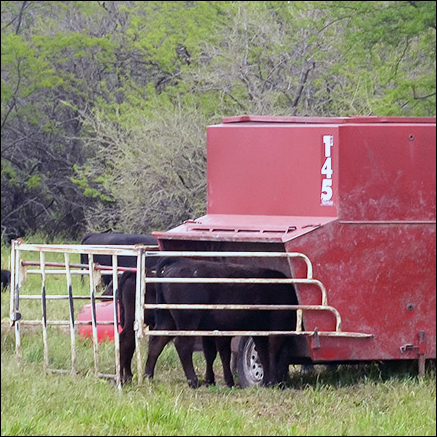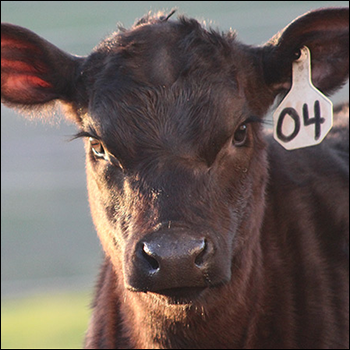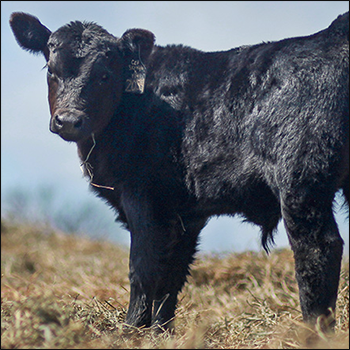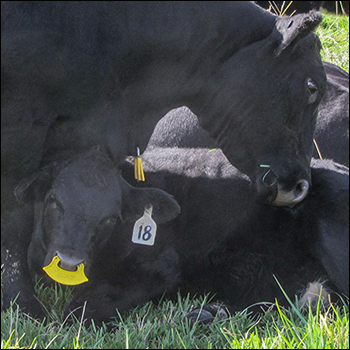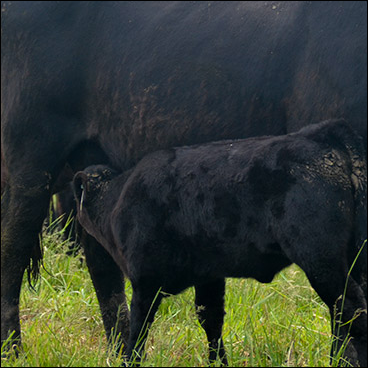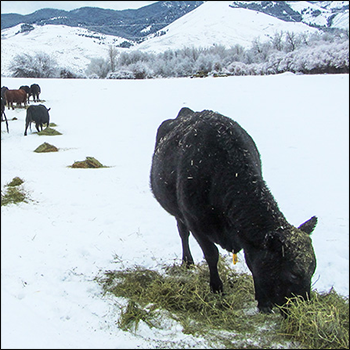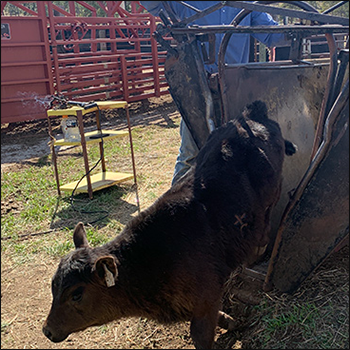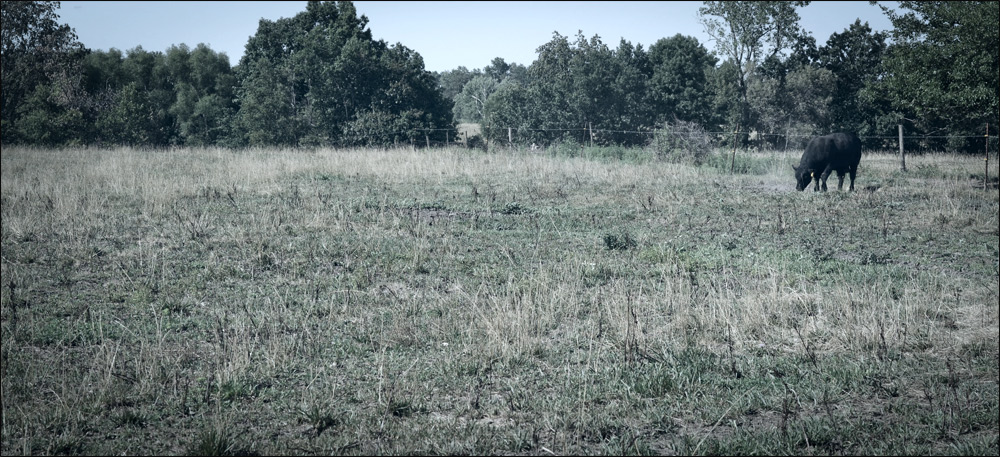
Managing Feed Resources in the Summer
Adjust cattle diets to avoid depleting pastures.
As summer advances and pastures begin to mature and dry up, beef producers may need to look at alternative plans for meeting maintenance requirements of the herd, according to the experts at the Kansas State University (K-State) Beef Cattle Institute (BCI).
Speaking on a recent Cattle Chat podcast, nutritionist Phillip Lancaster said producers first need to calculate the number of animals in the herd compared to the feed resources available.
“If a summer drought happens and grazing options are limited, producers may need to look at poorer performing crop fields as a potential feed resource,” Lancaster said. “In some cases, it is best to harvest the crop as a feed resource before it dries up completely and has no value.”
With summer pastures in drought, producers should be careful not to overgraze them, reminds Lancaster. “If the pasture gets overgrazed, it will hurt the rebound of the grass for the next grazing season.”
K-State veterinarian Brad White added: “If you allow the cows to graze the grass down to the ground, it can damage the root structure of the plant, so it is better to let the pastures rest for 21-35 days.”
While the pastures are resting, limit-feeding the cows — or offering feed at certain times of the day rather than letting cattle eat at their own will — in a drylot is a management option, according to Lancaster.
“Limit-feeding the cows a moderate-energy diet requires you to calculate the right ration and can be labor-intensive because you’ve got to provide enough bunk space for all the cows to eat at the same time,” Lancaster said.
If cows are kept out on pasture, but supplemented with additional nutrients, Lancaster said it is important to monitor the protein and carbohydrates.
“Forages are mostly carbohydrates, and those are important in providing the energy that the cows need to maintain their body condition,” he said.
White adds: “Keep an eye on the pastures, (and) make the decision to pull the cows sooner rather than later with the long-term implications for that pasture in mind.”
To hear more on this topic, listen in to the BCI Cattle Chat online.
Editor’s note: Lisa Moser is a communications strategist for Kansas State University. Lead photo by Shauna Rose Hermel.

